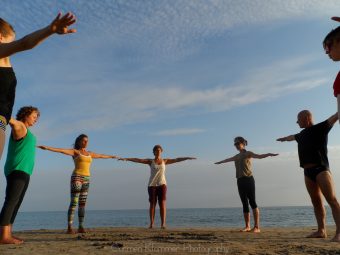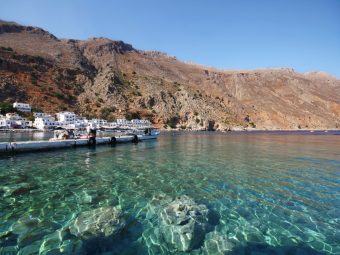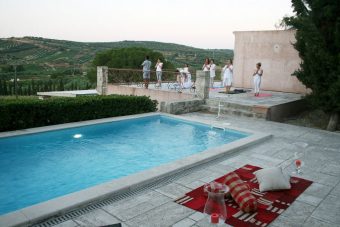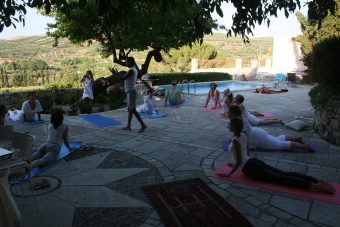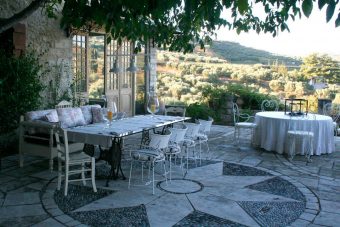Experience Yoga in Crete
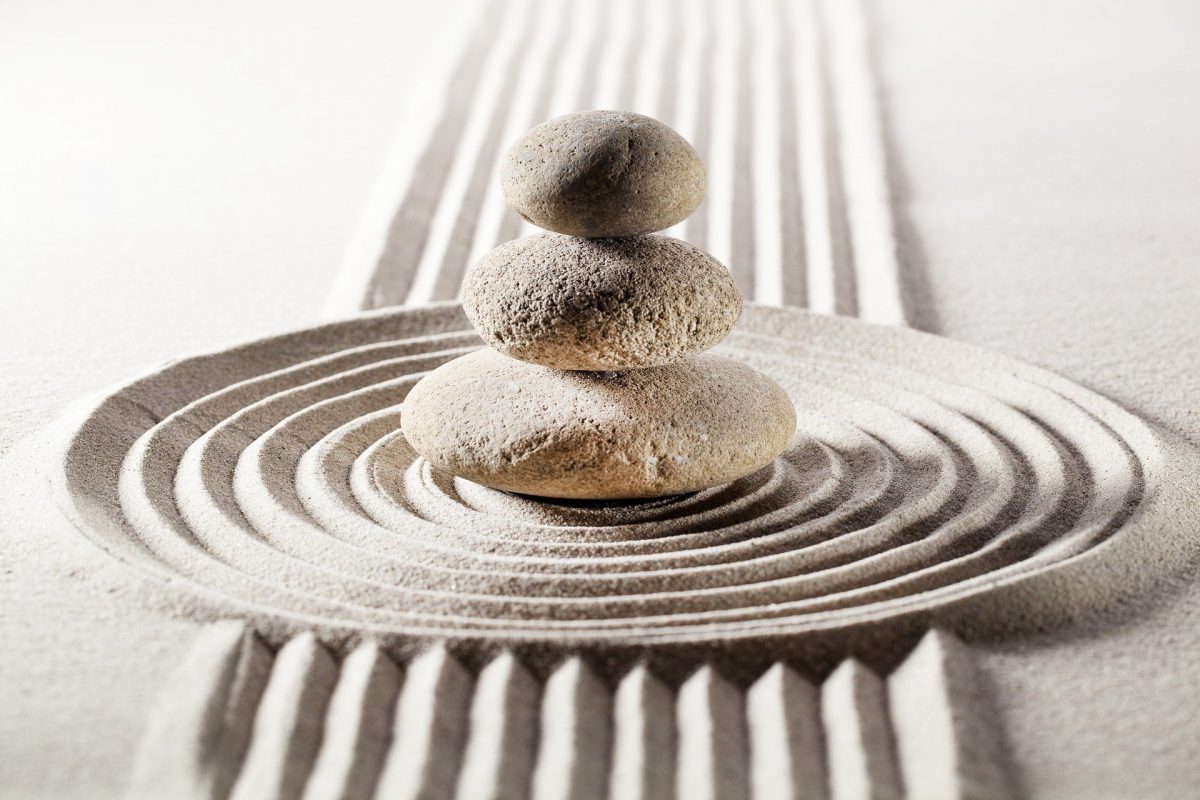
In this article, we want to share with you interesting information on Yoga and have you experience Yoga in Crete.
Yoga is an ancient philosophy of life as well as a system of exercises that encourages and strengthens the union of body, mind, and spirit. This could be a very brief definition of what yoga is. In addition, we will answer questions that will help you understand what is yoga, how did it start, and what are the benefits. Finally, we will end this article with 2 of our dearest Yoga experiences in Crete. We urge you to click on the links and have a closer look at how you may Experience Yoga in Crete.

What is Yoga
Yoga is an alternative form of exercise but also a holistic therapy, a philosophy of life. The word Yoga comes from the Sanskrit word Yuj and means connection, union. Union of body, mind, and spirit. Union with all levels of existence: ourselves, life, the environment in which we live. The modern way of life isolates us and so we lose touch with the most beautiful thing around us and inside us. How much calmer would our daily life be if we began to know ourselves and connect with it on a deeper level, to enjoy contact with nature, to live truly, consciously every minute?
The one who practices yoga is called Yogi or Yogini for the woman. Its conceptual definition refers to the union of the body with the breath, of the breath with the mind, and of the mind with the spirit. In conclusion, the ultimate goal of yoga is to achieve a state of balance and harmony between body and mind, a state that will allow us to connect with our True Self.
Additionally, the popularity of Yoga in the West has increased dramatically in recent decades as research has highlighted its therapeutic benefits. The sessions are accessible to everyone and Yoga lovers today practice in traditional or modern systems depending on their personal preferences and temperament. However, where did it all start?
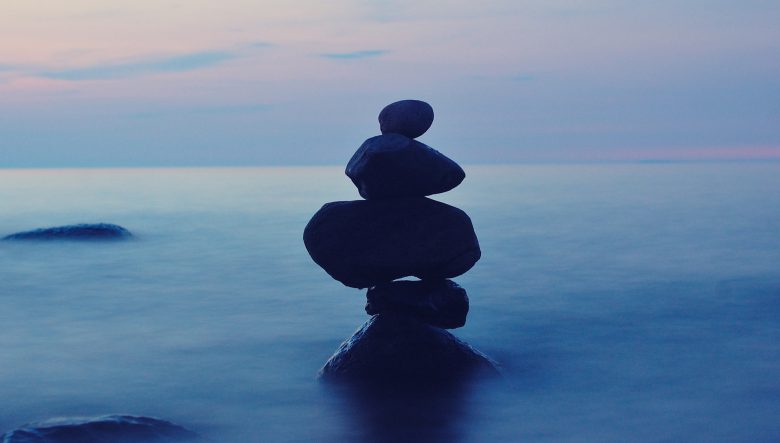
The History of Yoga
There is evidence that yoga was practiced up to 5,000 years ago. Although the first written description was found in Patanjali’s ‚Yoga Sutras‚ – philosopher, physician, and yoga practitioner – estimated to have lived between the first and second centuries AD.
Much later around the 16th-17th century, a yoga system was created which includes cleansing the body of toxins, postures (asanas), breathing control techniques, and meditation. This system is known in the West as Hatha Yoga. It is the most common yoga system for practitioners and the basis, at least in terms of posture, for all the yoga systems that followed.
One of the greatest Yogis was Paramahansa Yogananda who was born in India in the late 19th century. A student of Sri Wukeswar, he spread the message of Yoga to America and from there to the whole world.
Yogananda Paramahansa (1893-1952) is widely regarded as one of the foremost spiritual authorities of our time. Born in India, he moved to the United States in 1920, where for more than thirty years he taught the ancient science of meditation and the art of balanced spiritual life. In his book The Yogi Autobiography and many other books, Paramahansa Yogananda introduced the eternal wisdom of the East to millions of readers. Moreover, under the guidance of one of his first and closest students, Sri Daya Mata, his spiritual and humanitarian work continues in the Brotherhood of Self-Knowledge, the international organization he founded in 1920 to spread his teachings throughout the world. Finally, a basic technique for practicing yoga is meditation. Something that is often overlooked by modern yoga practitioners is the parallel work for the moral end of man, a need that Patanjali himself points out.
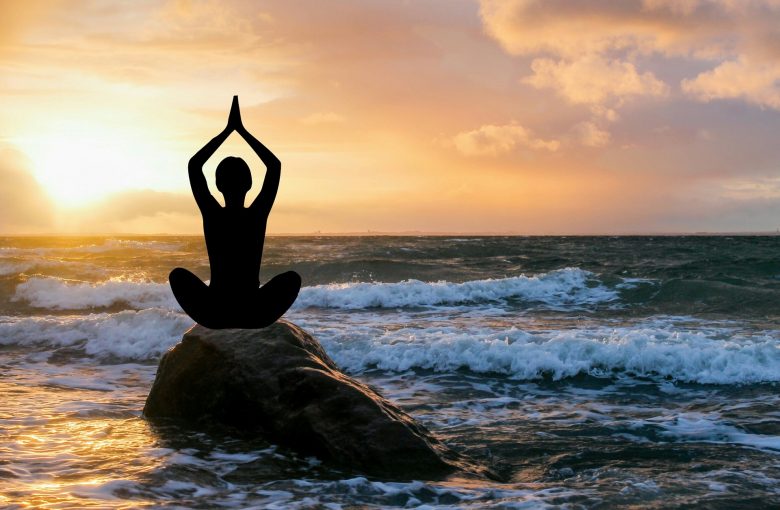
The 8 sets of Yoga Rules
The well-known Indian sage Patanjali, who systematized the hitherto orally transmitted knowledge of yoga by writing the famous „aphorisms“, believes that yoga is the restraint of the mind from forming „ripples“, ie thoughts. In ‘Yoga Sutras’ Patanjali describes an 8-part path to spiritual enlightenment.
Below are the eight sets of rules of discipline in yoga and are the cornerstone in the philosophy of yoga.
- Yamas: They are moral barriers and concern the control of our actions, thoughts, and feelings. They encourage us not to be violent in all forms (Ahimsa), to be honest (Satya), to avoid theft (Asteya), not to be greedy (Brahmacharya), and greedy (Aparigraha).
- Niyamas: It means rule or law and incorporates discipline and spiritual cultivation in our actions towards ourselves through five virtues. First, the observance of purity (Saucha), second, simplicity (Santosha), third, study (Swadhyyaya), fourth, devotion (Tapas), and fifth the transcendence of the Ego (Ishvarapranidhana).
- Asanas: The postures – yoga exercises.
- Pranayama: The breathing exercises that control our vital energy (prana).
- Pratyahara: Turning the senses inwards and releasing them from the senses of the material world.
- Dharana: The concentration of the mind on a point – the ability to direct the mind to an object and keep it attached to it.
- Dhyana: Meditation, in which the mind focuses on a point.
- Samadhi: Union with the core of existence, the soul. In a state of enlightenment that resembles ecstasy, the wanderings of the mind are neutralized, the yogi gains control of the mind and the thoughts calm down.

The Benefits of Yoga
All over the world, people of all genders, backgrounds, and religions practice yoga to experience joy, freedom, and love. Most people come to yoga to deal with specific problems such as stress, depression, lower back pain, respiratory problems, digestive or nervous system problems.
Yoga works at any level of need or desire, physically, emotionally, psychologically, mentally, spiritually, or even all together. Yoga works differently for each of us because each of us is unique. Therefore, our relationship with yoga is also unique. When the student realizes this uniqueness then the horizons expand. There is a misconception that yoga is a religion or that it has a religious orientation. However, this is completely untrue. Yoga is not a religion nor does it promote any religion, on the contrary, it is completely open to this issue. Therefore, people of all faiths and open minds practice yoga all over the world. Yoga encourages us to connect with the inner Master that we all have.
Many of them remain faithful to yoga even after dealing with this problem because they find not only a general improvement in their health but also a radical change in their general mood and attitude towards the world. Some even, through the practice of yoga, discover new meaning in their lives. This is because yoga is a method of inner exploration, which recognizes the interdependence of the body with the mind. It brings harmony to all human beings, physical, mental-emotional, spiritual.
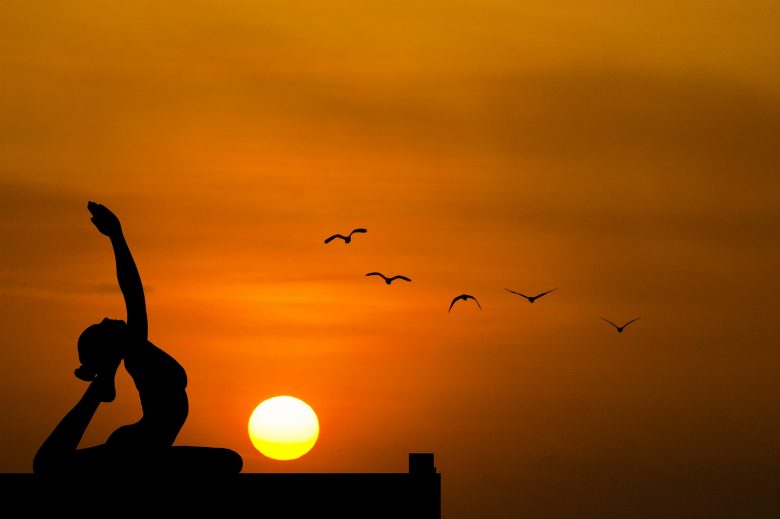
Psychological – Mental – Emotional Benefits
- Stress reduction
- Improving the concentration and memory
- Fighting depression
- Improving the mood
- Easy and more restful sleep
- Anger management
- Reduction of divisiveness
- A general sense of joy, gratitude, and well-being
Physical Benefits:
- More endurance and muscle strength
- Increased musculoskeletal flexibility and range of motion of the joints
- The improved posture of the body and spine
- Better synchronization between different parts of the body.
- Increase vital energy (prana)
- Reduction or relief from various physical pains, such as waist, neck, wrists, etc.
- Balancing between the two hemispheres of the brain
- Improving heart function
- Lowering blood pressure
- Balancing the hormonal system
- Improving respiratory system function
- Stabilization of the autonomic nervous system
- Strengthening the body against neurological and autoimmune diseases
- Strengthening the immune system
- Reduction of toxin retention in the body
- Increase in „good“ HDL cholesterol
- Reduction of „bad“ LDL cholesterol
Yoga and Nature Week Experience by Elissos Travelling Philosophy
If you miss practicing Yoga on the beach and if you miss Meditating with the sound of the gentle waves, our Yoga and Nature Week Experience is for you! If you can’t wait to visit Crete’s amazing countryside and if you can’t wait to taste incredible Cretan gastronomic delights, our Yoga and Nature Week Experience is also for you! We combine yoga, meditation, and movement classes with Crete’s extraordinary nature scene. Our goal is for you to feel relaxed and energized while connecting with your inner self through Crete’s blessed Earth.
For more details on this tour, click on the link!
Yoga Culture Week Experience by Elissos Travelling Philosophy
Experience a full week of Yoga classes, Meditation, and Wellness in a luxurious retreat. Boasting a beautiful garden, a swimming pool, and surrounded by peaceful nature, this traditional retreat is truly inspiring. The classes take place in a cave making the activity even more serene and memorable. Furthermore, visit numerous important ancient archaeological sites and amazing museums. Moreover, get in touch with Cretan arts and culture and experience Minoan nature dance sessions and pottery classes. Hike to the mountains and gorges where historic caves of mythological importance are sources of energy. Finally, pamper yourself with massage treatments, enjoy the crystal-clear waters and feel rejuvenated.
For more details on this tour, click on the link!

